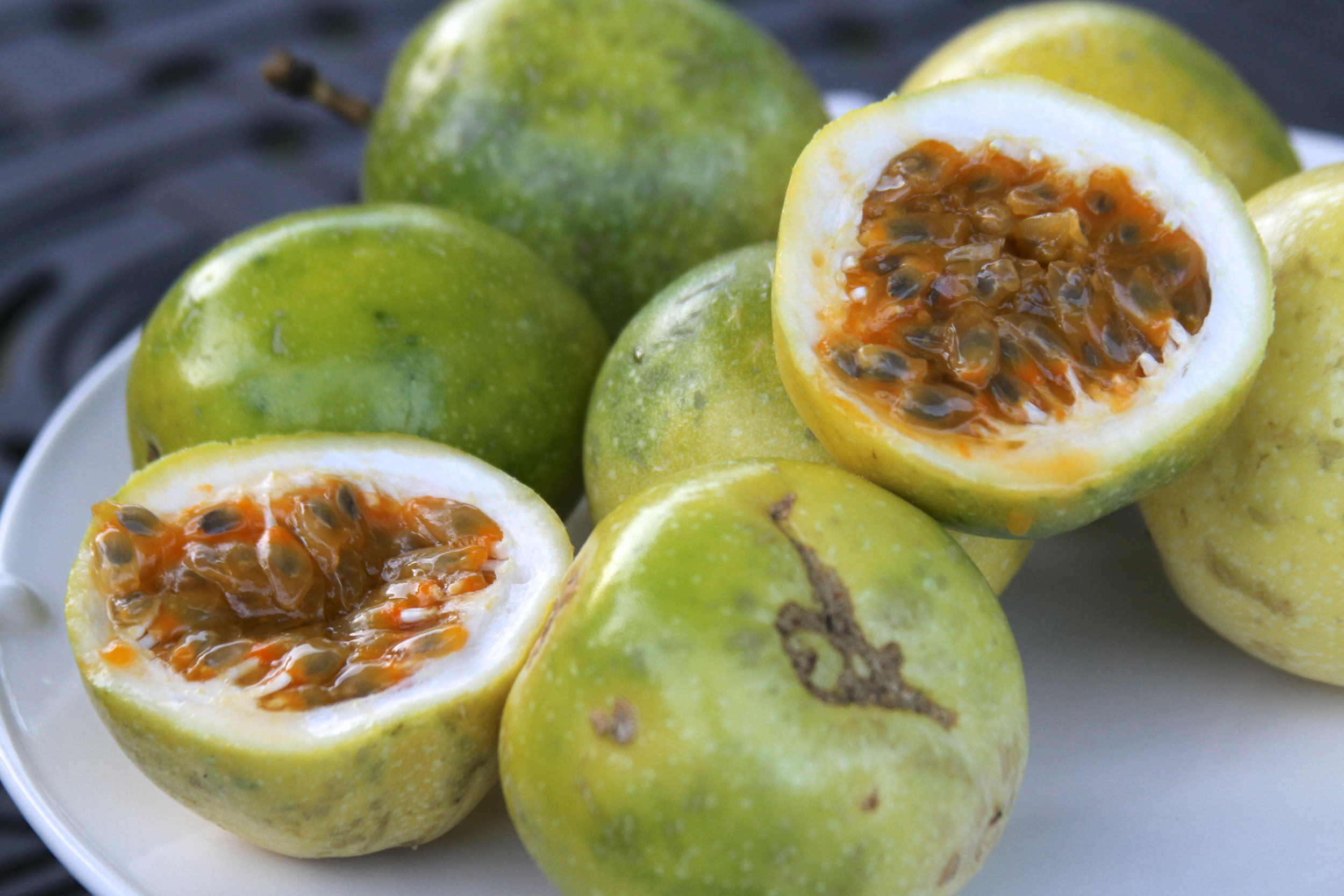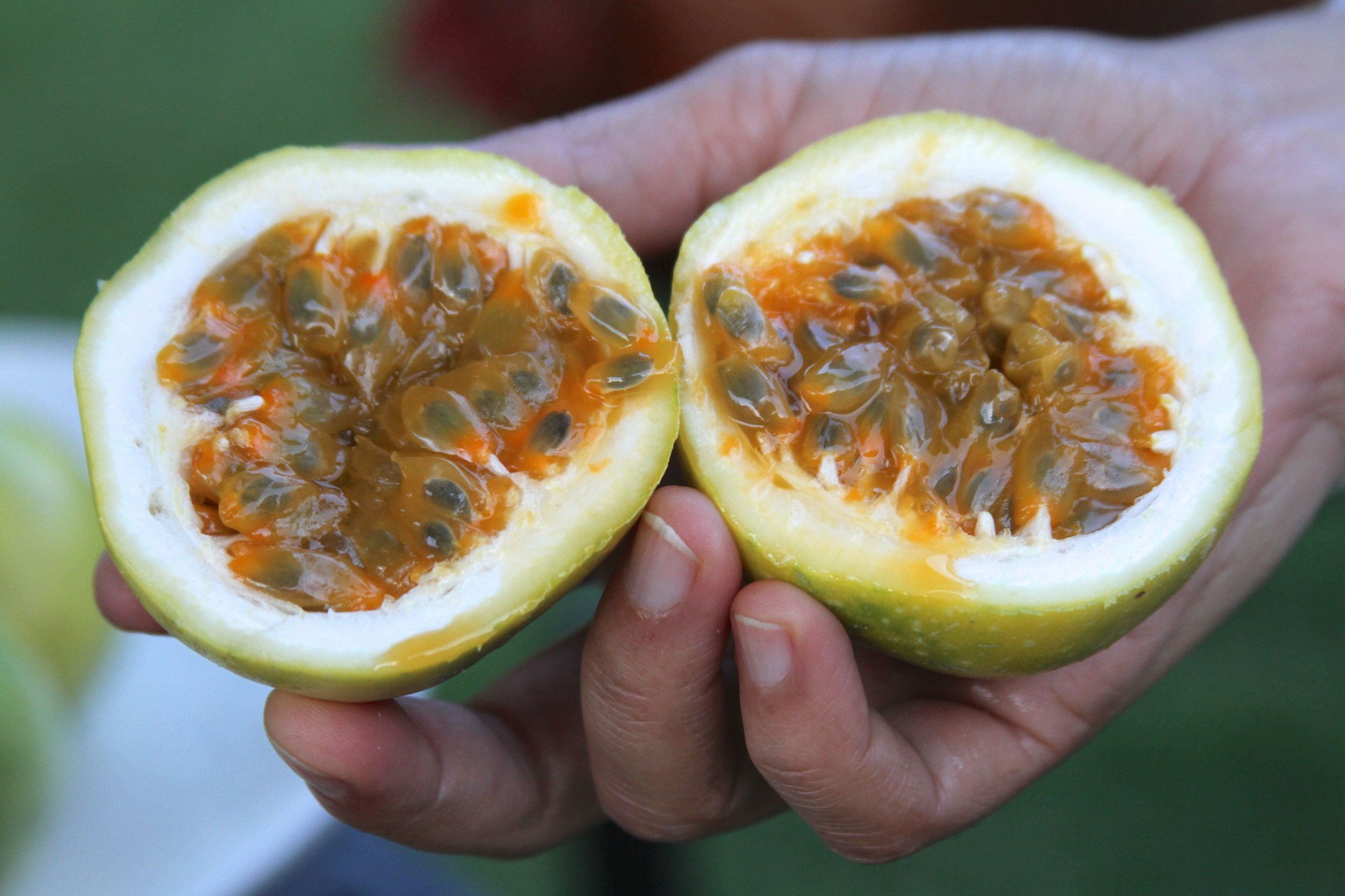No, the Government Does Not Test Food for Safety
American consumers generally believe that if a food is on the shelf at the supermarket, the ingredients in that product must have been tested by the FDA for safety. If it’s there, it must be OK, right?
It turns out that such a belief is false.
Food products may contain any of 10,000 or so “additives” -- often chemical colorings, preservatives, antioxidants, stabilizers, gelling agents, thickeners and so on -- that have been approved by authorities tasked with protecting the health of consumers (and a 1,000 or so that have been neither approved nor rejected).
This approval process is a charade, according to two new studies by the Journal of the American Medical Association (JAMA) and by the Pew Charitable Trusts.
The Pew study found that 54% of the chemicals added to food have never been tested for safety. Even most basic testing for toxicology has not been conducted on 88% of chemicals deemed of “elevated concern” for reproductive and developmental health.
The FDA also does not require serious testing to be done on packaging, even though in recent years a wide range of endocrine disruptors (hormone destabilizers) in packaging has been linked to serious health problems.
And of course, combinations of chemicals are not tested or required — yet these cocktails of untested chemical combinations are exactly what consumers are ingesting when they eat packaged foods.
The way it works is that companies wanting to sell a new chemical as a food additives submit their proposal to FDA panels for review. These proposals contain assurances put together by the companies about the safety of the ingredient.
The panels then either ask for further questions, or simply approve the chemical based on what the manufacturer has claimed. (The majority are approved without question.)
So who is sitting on these FDA panels? Who are the people decided to approve or deny the chemicals we eat?
The JAMA study found that “an astonishing 100% of the members of 290 expert panels included in [FDA] review worked directly or indirectly for the companies that manufactured the additive in question.”
The company wishing to profit from an additive ingredient tests it for safety, makes their case to a panel made up of people who will also profit from the sale of that ingredient, then the additive is inevitably approved without any oversight, second opinion, independent testing or anything.
The study also determined that about one thousand additives are in the food supply without any FDA knowledge or review.
So let’s review the facts about the approval process for additives:
* The companies that make and sell chemical additives do whatever safety testing is done. There is no independent testing.
* Those same companies choose whether or not to submit new chemicals for review. Neither the FDA nor the consumer has any idea that they are in the foods.
* More than half of new chemical additives are not even tested by the company. They are not tested by anyone.
* Proposals for new additives are submitted to review committees, and most are approved based solely on the claims of the manufacturer.
* Every single person who sits on FDA approval committees for additives works for the chemical additives industry.
The bottom line for food consumers is that industrial food giants can and do put just about any chemicals or other additives into your food, and there is no government monitoring, testing or oversight.
Sodium Diacetate











